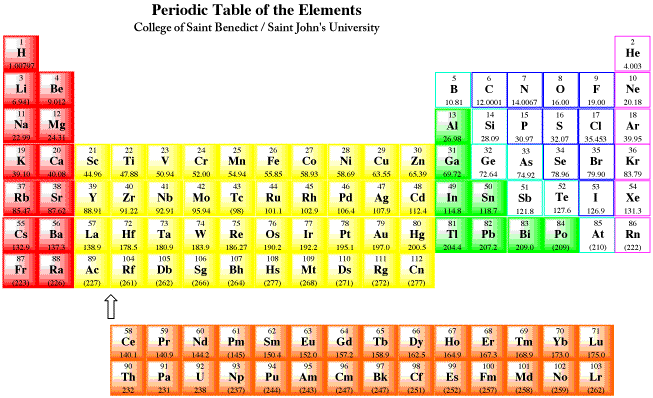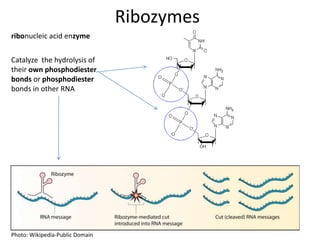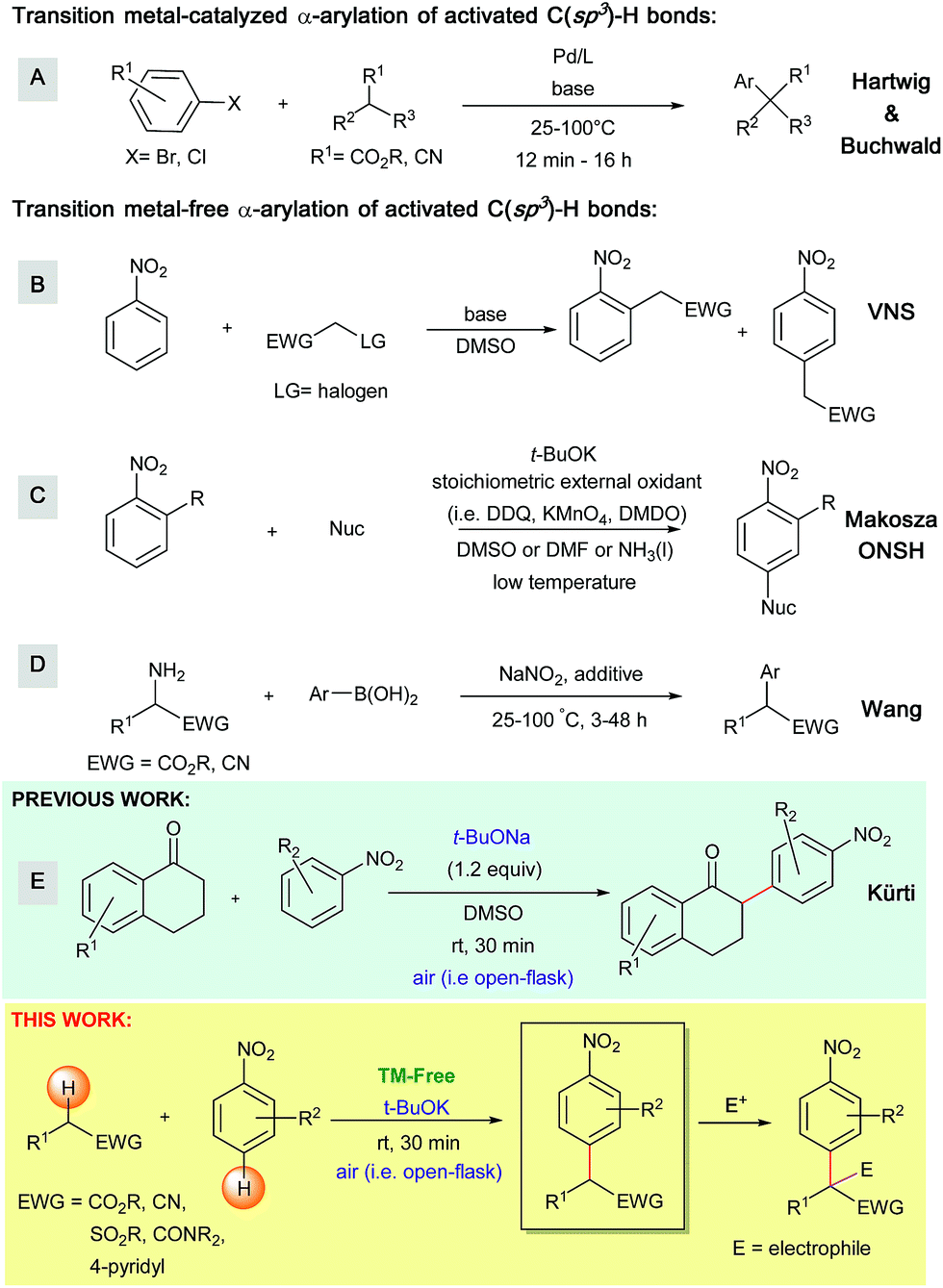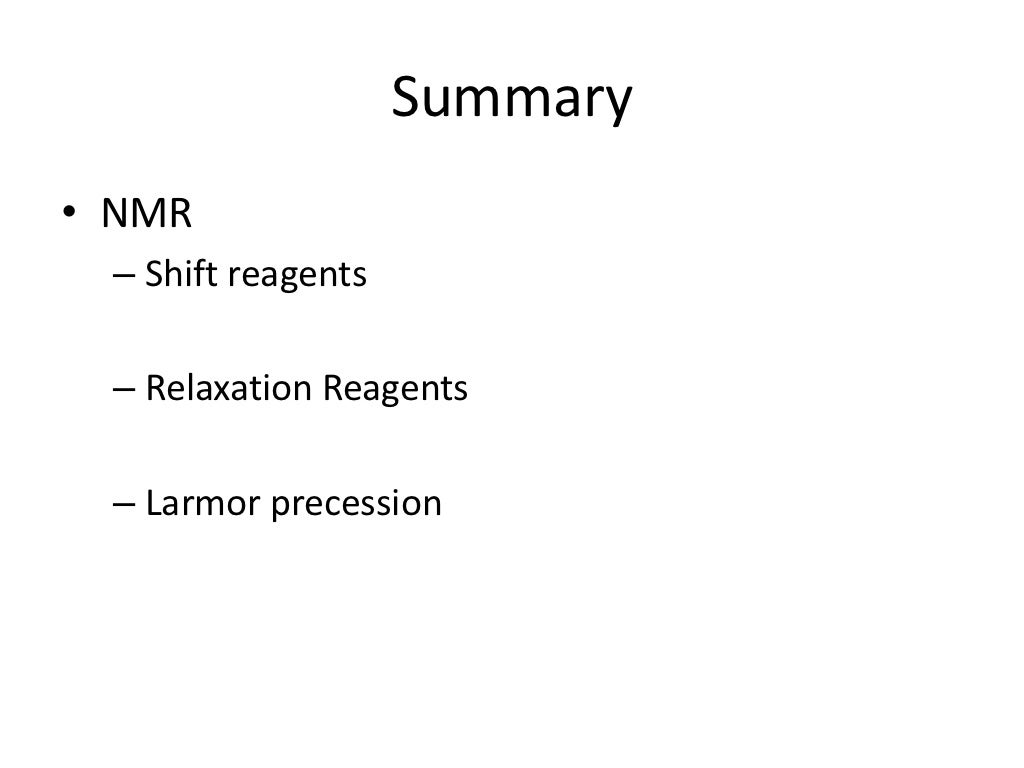
This report summarizes research findings and publications produced by Penn State and Miami University. Penn State and Miami University were funded together but separately from ANL. Dong – Co-PI), and Argonne National Laboratory (K. Burgos – PI), Miami University more » (H. Indeed, CO2 activated on 3-S of Fe6Mo2S8 (SEt)3 (5-) is fixed at the carbonyl carbon of thioesters trapped on a neighboring iron of the cluster, and -keto acids are produced catalytically. Metals react with oxygen to form metal oxides. This was a collaborative project between Penn State (W.D. Structurally robust 3-S of reduced metal-sulfur clusters provides a suitable site for reductive activation of CO2 with retention of the framework. Metals follow the same general pattern as with water but they more vigorously. Most importantly, significant progress has been witnessed in reactions for the construction of carboncarbon and carbonheteroatom bonds, exhibiting advantages of improved atom- and step-economy compared to conventional methods.


In most versions of the periodic table, lanthanum (57) is followed by. Transition-metal-catalyzed reactions have emerged as powerful alternatives to versatile functionalized molecules. Iron-bearing phyllosilicates strongly influence the redox state and mobility of Cr and U because of their limited hydraulic conductivity, high specific surface area, and redox reactivity. 9 protection, 227-230 reaction, transition metal - carbon monoxide, 240 reaction with iron carbenes, to pyrones, 162 reaction with unsaturated. The lanthanides and actinides are set apart even further from the transition metals. We focused on Fe-bearing phyllosilicates because these are important components of the reactive, fines fraction of Hanford, Oak Ridge, and Idaho National Laboratory sediments. This project performed thermodynamic, kinetic, and mineral structural studies on the reactivity of phyllosilicate Fe(II/III) with metal-reducing bacteria, and with two important poly-valent DOE contaminants (chromium and uranium) that show high mobility in their oxidized state. Laboratory experiments begin by allowing toxic metals (Co, Ni, Pb, Cu) to adsorb onto host oxide phases (particulate MnO phase is dissolved, the extent of toxic metal adsorption changes little. Our objective is to examine how the complexant and reductant characteristics of organic compounds found in contaminated aquatic environments influence this mobilization process. I don't know your background with chemistry, so I won't write a more detailed explanation but if you clarify that you have a more concrete interest in any explanation, just ask.We seek to identify environmental factors that exert a decisive influence on the mobilization of oxide-bound toxic metals in soils, sediments, and aquifers. Depending upon the electron configuration, they will be able to lose (or even gain) less or more electrons and with different ease. You need to look at their electron configuration and reduction potentials to start rationalizing its properties. Many of them (especially the ones on the second and third transition rows) can be oxidized to different oxidation states depending on the conditions. There are many factors that contribute to its reactivity and it's harder to specify general trends. Therefore, they are easier to remove and the metal will be more reactive.įor d-block transition metals (most of them are considered "transition" metals) it's a whole different story. As you move down the group, atoms are larger and the valence electrons will be less atracted by the nucleus. Four main types of reactivity: 1) Substitution reactions: MLn + L MLn-1L + L. Reaction of complex ions with sodium hydroxide and ammonia solutions. Reactivity of Transition Metal Complexes.

Some of them are highly electropositive and dissolve in mineral acids whereas a few of.

The reactivity of the transition elements. They all have a large oxidation potential since it's relatively easy to remove an electron (or two) of its orbital. Deprotonation reactions often result in the formation of a precipitate. The transition metals vary very widely in their chemical reactivity. The transition metals are elements with partially filled d orbitals, located in the d-block of the periodic table. If you are referring to alkaline or alkaline earth metals, reactivity increases as you go down the group. Group 1 metals react rapidly with gases in the atmosphere and water. There are several reasons and it depends on the metals you are analyzing. elements are reactive because their reactions with other substances are fast. Some transition metals react with oxygen on heating, for example: copper + oxygen copper oxide 2Cu (s) +. I suppose that with reactivity you mean a metal's tendency to become oxidized. Most transition elements react slowly, or not at all, with oxygen at room temperature.


 0 kommentar(er)
0 kommentar(er)
